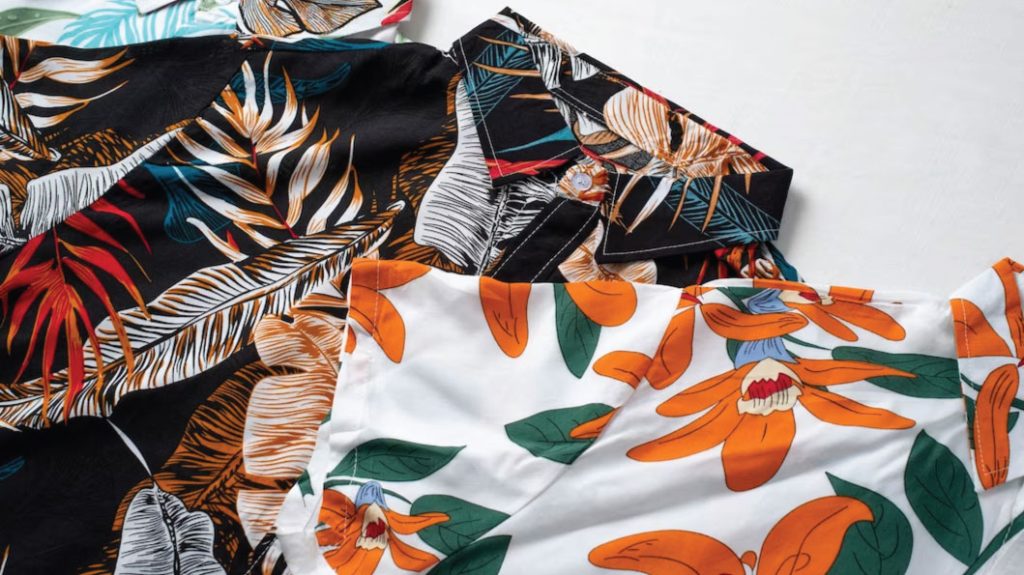The Art and Science of Textile Printing: Unleashing Creativity on Fabrics
Textile printing is a fascinating art form that combines creativity, technology, and craftsmanship to bring vibrant Graphic Designdesigns to life on fabrics. From ancient civilizations to modern times, humans have used various techniques to imprint patterns, colors, and motifs on textiles, making them more visually appealing and culturally significant. In this blog post, we will explore the world of textile printing, delving into its history, techniques, and the innovative technologies that have revolutionized this age-old craft. Whether you’re a fashion enthusiast, a designer, or simply curious about the magic that happens behind the scenes of the fabrics we wear, this article will provide you with a comprehensive overview of textile printing and its impact on the fashion and textile industries.
A Brief History of Textile Printing
The art of textile printing can be traced back thousands of years. Ancient civilizations like the Egyptians, Chinese, and Indians used various methods to apply color and patterns to fabrics. In Egypt, the use of mordants and dyes allowed for intricate designs on linen and cotton. In China, woodblock printing was popular, while India developed the intricate art of hand block printing using natural dyes. These early techniques laid the foundation for the evolution of textile printing.
Traditional Techniques in Textile Printing
a. Block Printing: Block printing involves using wooden or metal blocks carved with intricate designs. The blocks are dipped in dye or paint and pressed onto the fabric to transfer the pattern. This method is still practiced in regions like India and Africa, preserving cultural heritage and craftsmanship.
b. Screen Printing: Screen printing is a versatile technique where a mesh screen is used to transfer ink onto the fabric. A stencil is created on the screen, and ink is forced through the open areas using a squeegee. Screen printing allows for detailed and vibrant designs and is widely used in the fashion industry.
c. Batik: Batik is a traditional Indonesian technique that involves applying wax to the fabric in specific patterns, followed by dyeing the fabric. The wax acts as a resist, preventing the dye from reaching certain areas. The process is repeated multiple times to create intricate and colorful designs.
Technological Advancements in Textile Printing
With the advancement of technology, textile printing has undergone a revolution, leading to the development of innovative printing methods and equipment. Here are some notable advancements:
a. Digital Printing: Digital printing has revolutionized the textile industry, enabling high-resolution and complex designs to be printed directly onto fabric. This technique eliminates the need for traditional screens or blocks, allowing for quick turnaround times and reduced wastage. Digital printing also offers limitless color options and customization possibilities.
b. Sublimation Printing: Sublimation printing involves transferring dyes onto the fabric using heat. The dyes sublimate from a solid to a gas state, permeating the fabric fibers and resulting in vibrant and durable prints. Sublimation printing is commonly used for sportswear, swimwear, and polyester fabrics.
c. Reactive Printing: Reactive printing utilizes a chemical reaction between the dye and the fabric to create a bond, resulting in permanent and washable prints. This method offers excellent color fastness and is commonly used for natural fibers like cotton and silk.
Innovations and Future Trends in Textile Printing
Textile printing continues to evolve, driven by technological advancements and consumer demands. Some emerging trends and innovations in the field include:
a. 3D Printing: 3D printing technology is making its way into textile printing, allowing for the creation of intricate and textured fabric designs. This opens up possibilities for unique patterns and three-dimensional effects in garments and accessories.
b. Sustainable Printing: With growing environmental concerns, the textile industry is exploring sustainable printing methods that minimize water consumption, reduce chemical usage, and promote eco-friendly materials. Techniques like pigment printing and natural dye extraction are gaining popularity as greener alternatives.
c. Smart Textiles: Textile printing is merging with the world of electronics to create smart textiles. These fabrics can incorporate sensors, LEDs, and conductive elements, enabling functionalities such as temperature regulation, moisture detection, and even interactive displays.
Conclusion
Textile printing is an intricate blend of art, science, and technology. From ancient block printing to the digital era, it has continually evolved, offering endless creative possibilities. Advancements in printing techniques and equipment have allowed designers and manufacturers to push the boundaries of what is possible on fabric. As the industry embraces sustainability and innovation, we can expect even more exciting developments in the future of textile printing. Whether it’s through preserving traditional techniques or adopting cutting-edge technologies, textile printing will continue to be an integral part of the fashion and textile industries, transforming fabrics into colorful canvases that express our creativity and individuality.


